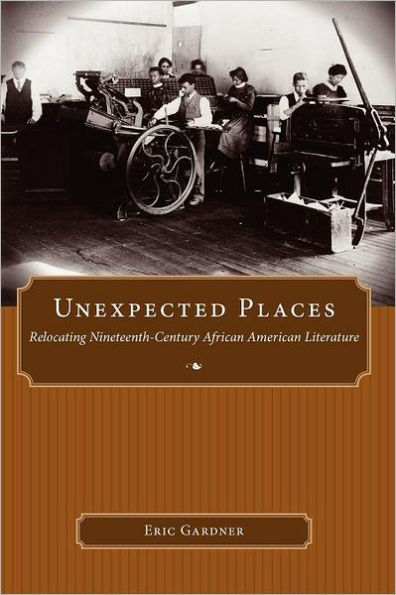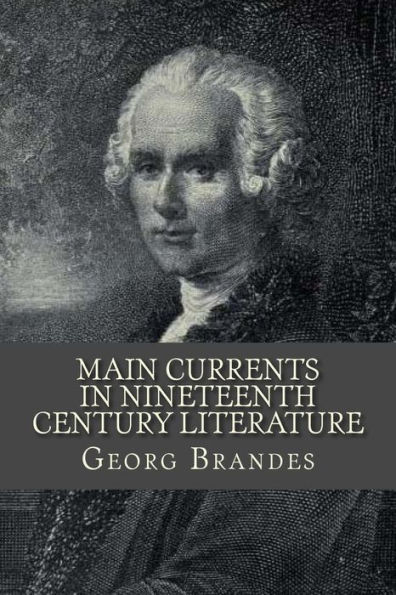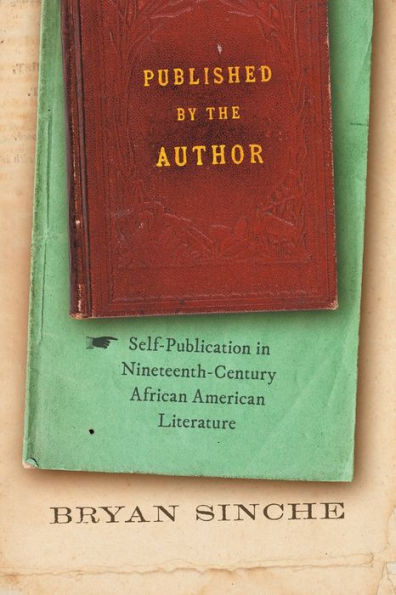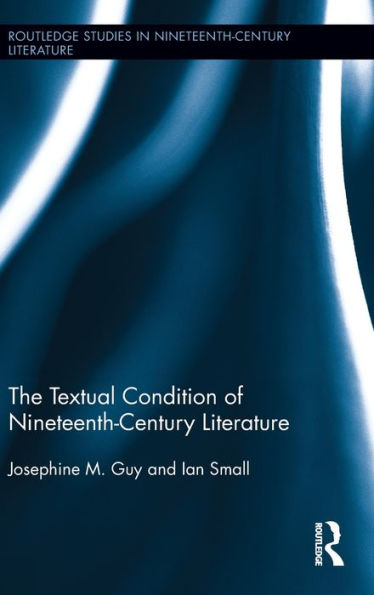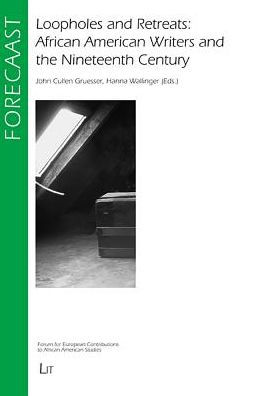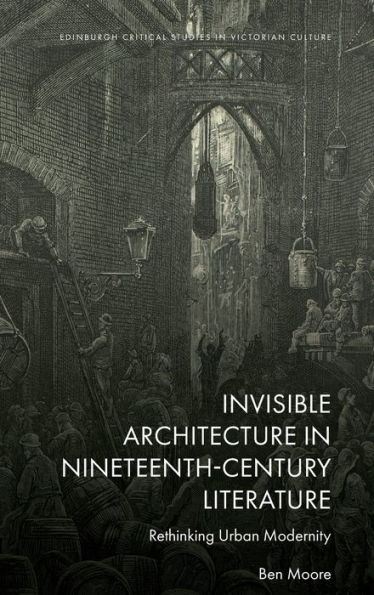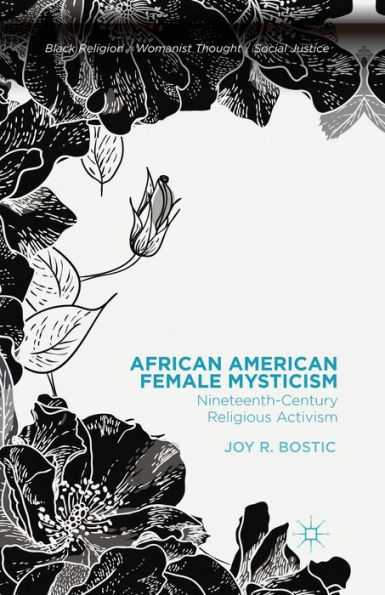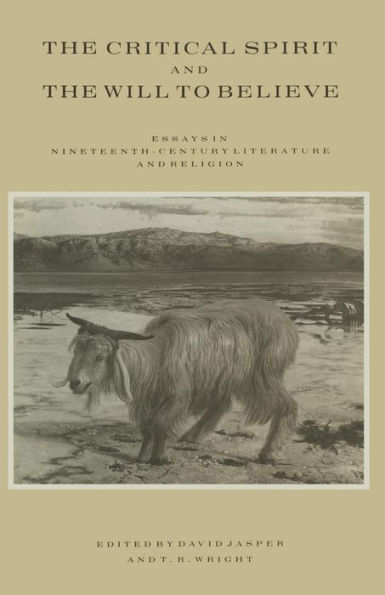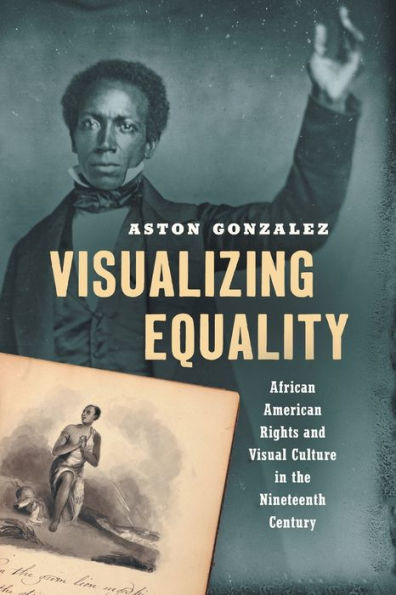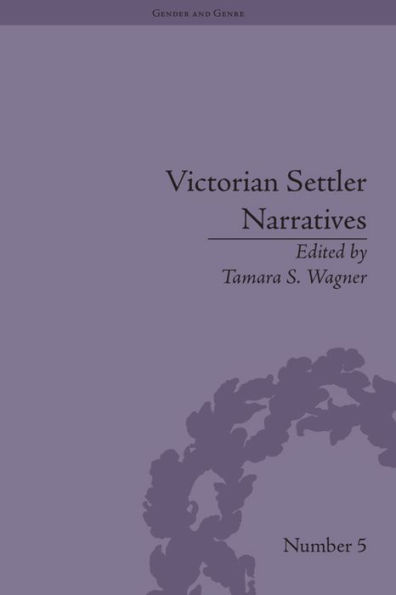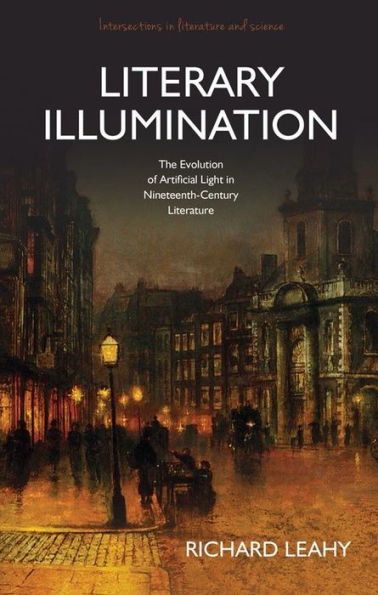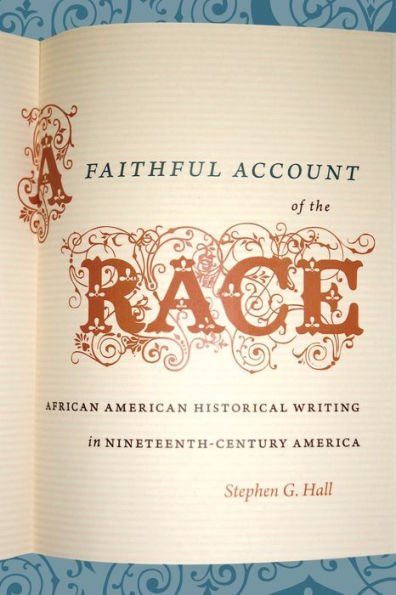Home
Dancing on the Color Line: African American Tricksters Nineteenth-Century Literature


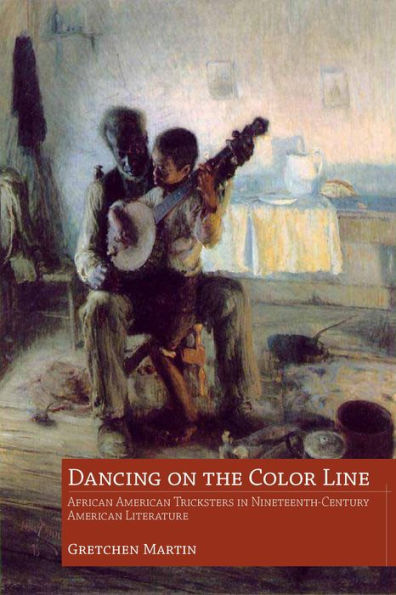
Dancing on the Color Line: African American Tricksters Nineteenth-Century Literature
Current price: $110.00
Loading Inventory...
Size: Hardcover
The extensive influence of the creative traditions derived from slave culture, particularly black folklore, in the work of nineteenth- and twentieth-century black authors, such as Ralph Ellison and Toni Morrison, has become a hallmark of African American scholarship. Yet similar inquiries regarding white authors adopting black aesthetic techniques have been largely overlooked.
Gretchen Martin examines representative nineteenth-century works to explore the influence of black-authored (or narrated) works on well-known white-authored texts, particularly the impact of black oral culture evident by subversive trickster figures in John Pendleton Kennedy s
, Harriet Beecher Stowe s
, Herman Melville s
, Joel Chandler Harris s short stories, as well as Mark Twain s
and
.
As Martin indicates, such white authors show themselves to be savvy observers of the many trickster traditions and indeed a wide range of texts suggest stylistic and aesthetic influences representative of the artistry, subversive wisdom, and subtle humor in these black figures of ridicule, resistance, and repudiation.
The black characters created by these white authors are often dismissed as little more than limited, demeaning stereotypes of the minstrel tradition, yet by teasing out important distinctions between the wisdom and humor signified by trickery rather than minstrelsy, Martin probes an overlooked aspect of the nineteenth-century American literary canon and reveals the extensive influence of black aesthetics on some of the most highly regarded work by white American authors.
